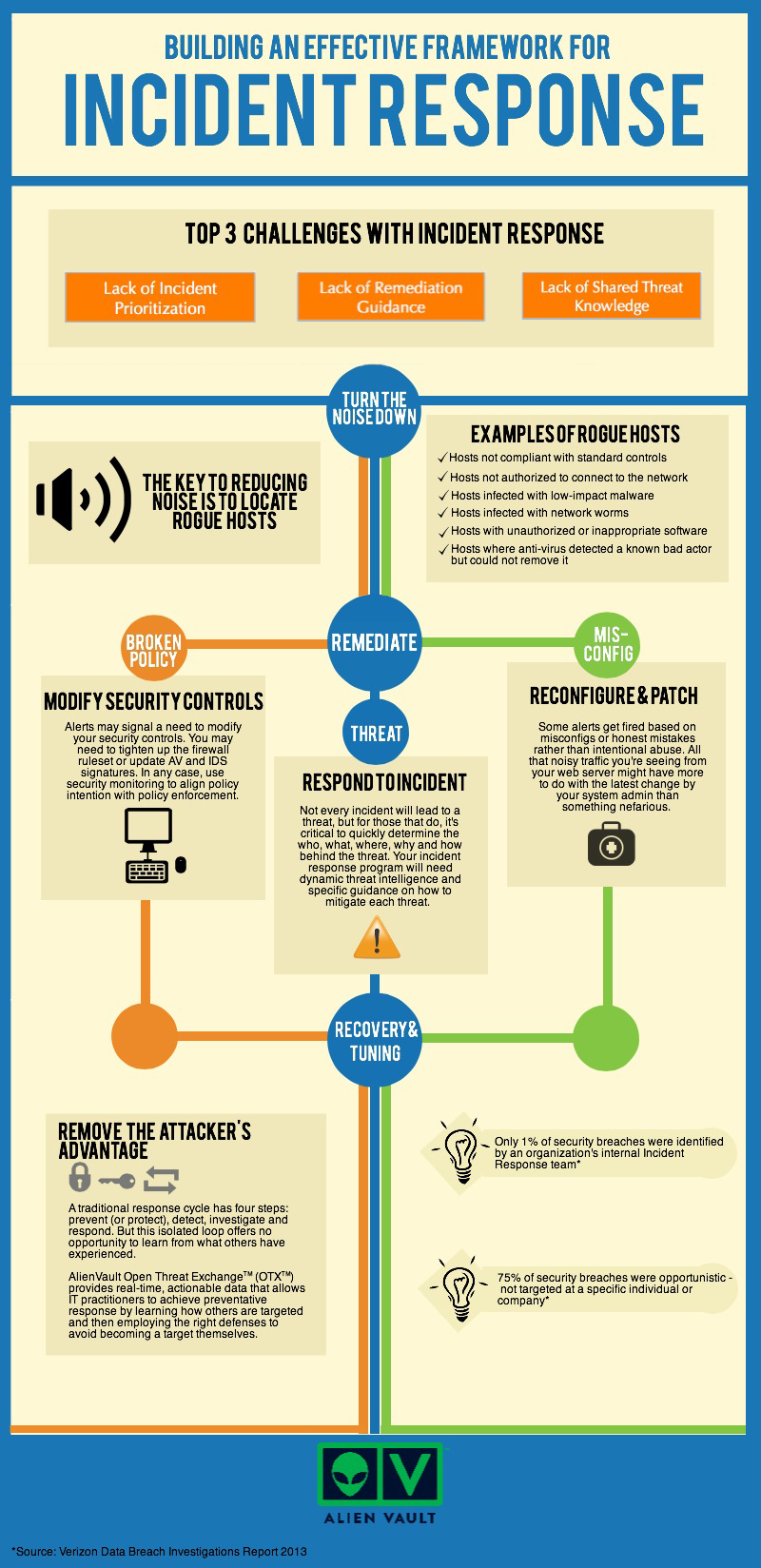- Introduction: Why Incident Response is Important
- Preparing for an Incident: Creating an Incident Response Plan
- Identifying the Incident: Knowing What You're Dealing With
- Containing the Incident: Isolating the Problem and Minimizing Damage
- Investigating the Incident: Figuring Out What Happened and How to Prevent It
- Recovering from the Incident: Restoring Normal Operations and Following Up
- Conclusion: The Importance of Incident Response in Today's Digital Landscape
Introduction: Why Incident Response is Important
In today’s digital age, incident response is a critical aspect of any organization’s security strategy. With the increasing number of cyberattacks and data breaches, organizations must be prepared to respond quickly and effectively to any security incident. Incident response involves a series of steps that help organizations identify, contain, investigate, and recover from security incidents. In this blog, we’ll discuss the five critical incident response steps that every organization should follow to protect their valuable data and assets.
Preparing for an Incident: Creating an Incident Response Plan
One of the most critical steps in incident response is preparing for an incident before it happens. Organizations should create an incident response plan that outlines the steps to be taken in the event of a security incident. The plan should include the roles and responsibilities of the incident response team, communication protocols, and procedures for identifying and containing the incident. By having a well-defined incident response plan, organizations can minimize the damage caused by a security incident and ensure a quick and effective response.
Identifying the Incident: Knowing What You’re Dealing With
The next step in incident response is identifying the incident and determining its scope and impact. A data breach company in Miami told us that this involves analyzing the incident to determine the type of attack, the systems and data affected, and the potential impact on the organization. Quick identification of the incident is critical to contain the problem and prevent it from spreading to other systems and networks.
Containing the Incident: Isolating the Problem and Minimizing Damage
Once the incident has been identified, the next step is to contain the incident and minimize the damage. This involves isolating the affected systems and networks, and preventing the incident from spreading to other parts of the organization. The incident response team should work quickly to identify the source of the incident and take appropriate measures to prevent further damage.
Investigating the Incident: Figuring Out What Happened and How to Prevent It
After the incident has been contained, the incident response team should conduct a thorough investigation to determine what happened and how to prevent it from happening again. The investigation should include a review of the logs and other data to determine the source of the incident, the timeline of events, and the extent of the damage. Based on the findings, the incident response team should develop strategies to prevent similar incidents in the future.
Recovering from the Incident: Restoring Normal Operations and Following Up
Once the incident has been contained and investigated, the next step is to recover from the incident and restore normal operations. The incident response team should work to restore the affected systems and data, and resume normal operations as quickly as possible. After the incident has been resolved, the incident response team should conduct a follow-up review to identify any areas for improvement and update the incident response plan accordingly.
Conclusion: The Importance of Incident Response in Today’s Digital Landscape
In conclusion, incident response is a critical aspect of any organization’s security strategy. By following the five critical incident response steps outlined in this blog, organizations can minimize the damage caused by security incidents, protect their valuable data and assets, and ensure a quick and effective response. With the increasing number of cyberattacks and data breaches, incident response has become more important than ever before. Every organization should have a well-defined incident response plan and a trained incident response team to protect themselves from security incidents.

